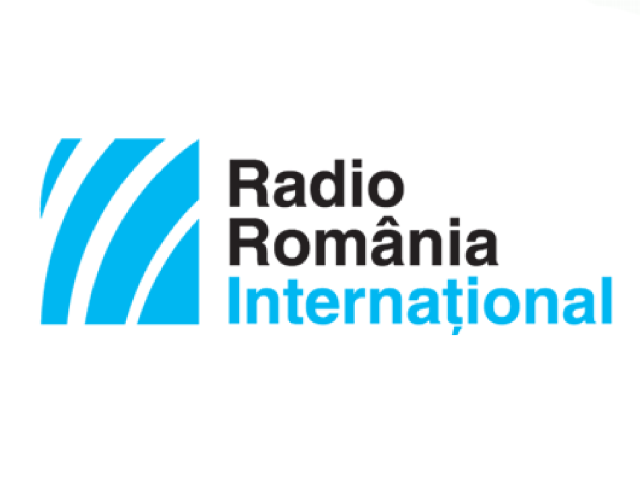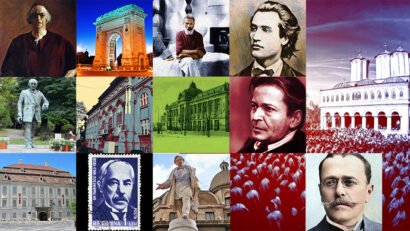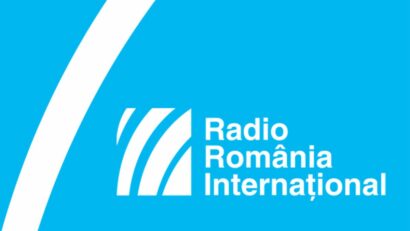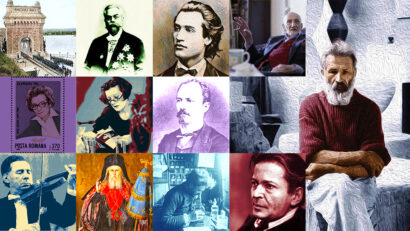The Palace of Culture in Targu Mures
The city of Targu Mures, in central Romania, boasts an impressive Secession architectural monument: the Palace of Culture, one of the citys basic landmarks

Steliu Lambru, 27.10.2018, 11:31
The Secession or Art Nouveau style penetrated into Transylvania, a multiethnic region that was part of the Austro-Hungarian Empire, in the late 19th century and early 20th century. An expression of the revolt of certain artists who wanted to give up the academic canons, hence their name of Secessionists, the new movement that emerged in France in the 1890s focused on curved linear ornamentation and natural elements such as plants and flowers as well as on multicolored ornaments.
The exuberance of the new style was apparent in the title of certain magazines, such as the Austrian magazine “Jugend” (Youth), the Secession movement being named “Jugendstil” in the German area. The off hand manner of the new artists ran counter to the conspicuous pessimism of the 19th century, dubbed “fin de siecle” (turn of the century), meaning the end of an epoch and the start of another epoch, a bleak and uncertain one. The Secession or Art Nouveau style encompassed architecture and particularly painting, but it contaminated all artistic areas such as drawing and graphic art, decorative arts, fashion, glassware, mosaic, jewelry and furniture.
In the beginning, the most spectacular Secession architecture emerged in France, Italy, Spain, Germany, Belgium and the Austro-Hungarian Empire. As the movement was penetrating into Eastern Europe, it was no longer a prominent urban presence. The city of Targu Mures, in central Romania, boasts an impressive Secession architectural monument: the Palace of Culture, one of the city’s basic landmarks.
Timea Fulop, a guide at the Palace of Culture briefly told us the story of the building and its characteristics: “The Palace of Culture was completed in 1912, when its ornate decoration was finished. The designs were made by two famous architects from Budapest, Komor Marcell and Jakab Dezso. They also designed the building vis-à-vis the Palace of Culture, which is in Secession or Art Nouveau style too. They are both famous edifices. The Palace of Culture is probably one of the most beautiful Secession or Art Nouveau buildings in Romania. It was designed as a cultural institution and now, 100 years on, it has the same profile. It also houses a museum open to the public and several cultural institutions, such as the Mures County Museum, which also manages the building, but also the Targu Mures State Philharmonic, and the Mures County Library. Every Thursday, but also on other days of the week, depending on the schedule of each music season, the Philharmonic gives concerts in the Large Hall, a concert hall with more than 600 seats. The Palace also has a small hall for conferences and chamber concerts. The most beautiful hall of the palace is the Mirrors’ Hall, famous not only for its two large mirrors at the opposite walls of the room, but mostly for its stained glass windows. The twelve stained-glass windows here are inspired from Szeckler traditional motifs while the architectural style is called Transylvanian Sezession. No wonder it is unique.”
The Mirrors’ Hall draws a large number of visitors. Its name comes indeed from the two Venetian triptych mirrors placed at the opposite ends of the room. Tables are also decorated with mirrors in keeping with the room’s interior design. The Mirrors’ hall had four architects that granted it its artistic character: Sandor Nagy, Ede Thoroczai Wigand, Snador Muhics and Miksa Roth, coming from the arts school in the locality of Godollo, 30 km north of Budapest.
The Culture Palace in Targu Mures is a Sezession architectural object adjusted to the local Szeckler artistic forms. For this reason, the stained-glass windows in the Mirrors’ Hall talk about the Szeckler folk culture, in this case of some representative ballads described by the windows’ painting.
One of these ballads is “Budai Ilona” or “Adamant Mother”, about a mother that is too harsh on her own children, a theme that can also be found in German culture. The second ballad is “Salamon Sara”, about a girl deceived by the devil. The third one is “Kadar Kata”, the story of a forbidden marriage. The last ballad is “Julia, the beautiful girl taken to Heaven” telling the story of a young girl who dies and is mourned by her mother in a Christian-pagan religious story.






























